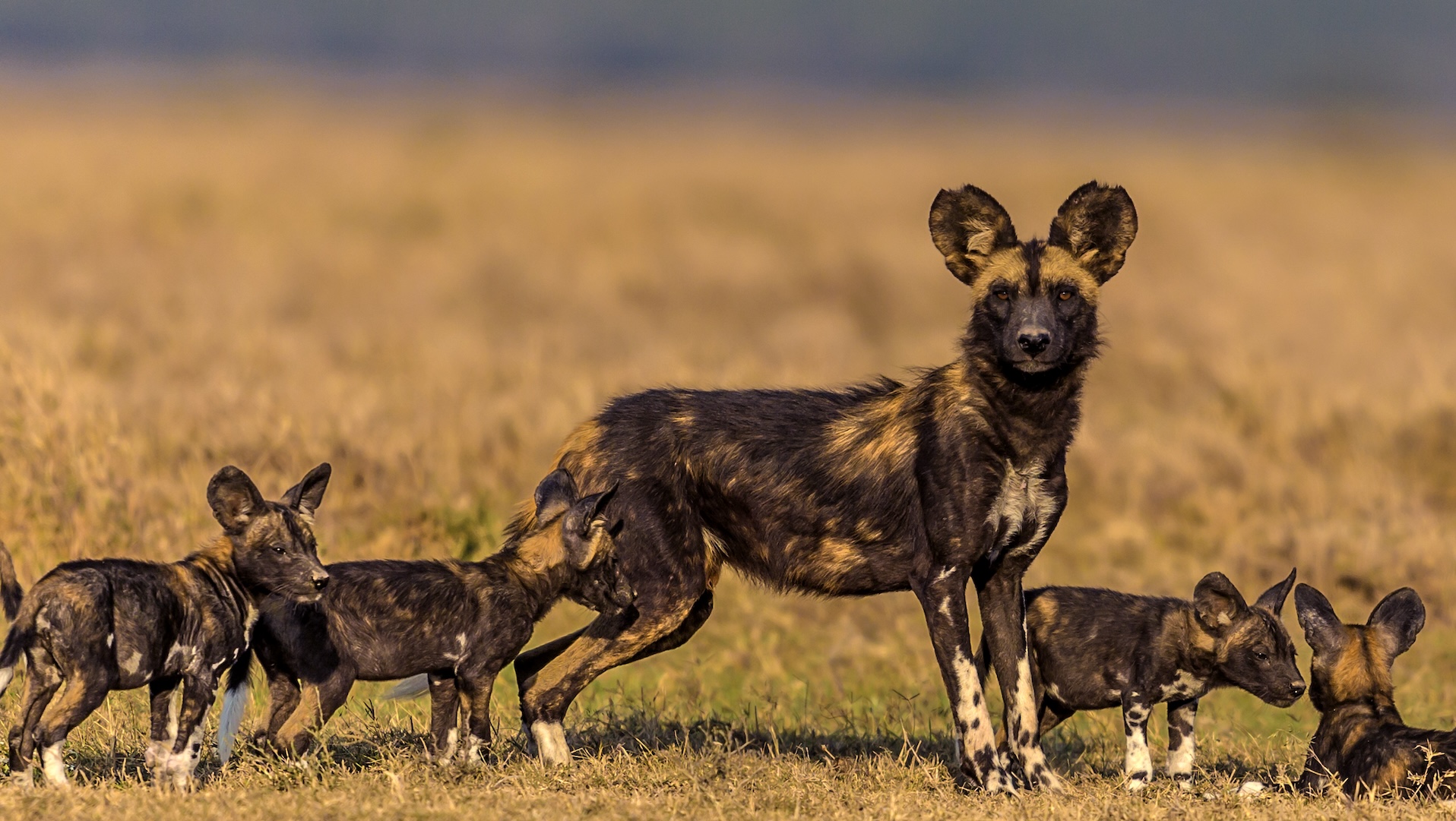‘Puppy eyes’ didn’t evolve just for humans, study of wild dogs finds

When a dog stares at you with big, sad, puppy dog eyes, it’s easy to imagine that this adorable look is meant specifically to melt your heart (and score some treats). But new research shows that other species in the canid family tree are just as capable of making sorrowful eyes as your pooch.
The new finding, published April 10 in the journal The Anatomical Record, dispels the belief that puppy dog eyes are the product of domestication. And it debunks a 2019 study hypothesizing that pooches evolved a highly expressive face due to their long history with humans.
The 2019 study found that domestic dogs had highly developed muscles around their eyes compared with wolves (Canis lupus), which enabled them to make a wider range of facial expressions. The researchers concluded that these muscles may have developed as dogs began living more closely with humans so they could mimic our own facial expressions as a way to encourage us to take care of them.
“We were curious to see, is that true? Or do these muscles also exist in other highly social canids?” Heather Smith, an anatomist at Midwestern University in Illinois and first author of the new paper, told Live Science.
To find out, Smith’s team performed a detailed dissection on a deceased African wild dog (Lycaon pictus) specimen donated by a zoo. The researchers found that not only do African wild dogs have the same “puppy-dog eye” muscles as domestic dogs, but these muscles are just as developed as those in domestic canines. “So it kind of debunks the idea that domestic dogs are the only canids that have this, and that they evolved specifically for us,” Smith said.
Related: Are dogs smarter than wolves?

The researchers believe these eye muscles developed to help African wild dogs coordinate and communicate as they hunt on the open savanna. Like wolves and their domestic cousins, African wild dogs are highly social, living in groups of around five to nine individuals. Their highly expressive faces may enable them to make silent visual signals across the grassy plane.
“This study affirms that not only are [wild dogs] very social, but a lot of those social cues are probably linked to visual signals,” Adam Hartstone-Rose, a comparative morphologist at North Carolina State University who was not involved in the new research, told Live Science.
Despite also living in tightly knit social groups, wolves’ facial muscles probably did not evolve to be as strong as those of domestic and African wild dogs because they rely less on visual communication. Wolves hunt in a variety of landscapes, including in dense forests and mountains, where each individual is much more likely to be obscured by rocks or trees when pursuing prey. As a result, they may have evolved to coordinate using more complex vocalizations or scent signals rather than visual cues, according to Hartstone-Rose.
In the future, Smith and her team hope to examine the facial anatomy of other wild canid species, such as foxes, Asian wolves and dholes (Cuon alpinus), to see how well-developed their puppy dog eye muscles are. This will give them better insight into how these species communicate and hunt, and should help the researchers determine whether the trait exists in species that are both social and visually oriented.
For Hartstone-Rose, this research highlights the ways in which evolutionary pressures work to emphasize or de-emphasize different traits in similar species. “It’s not really that these muscles either exist or don’t exist,” he said. “This is a really elegant example of how all species of mammals have these basic building blocks.”





